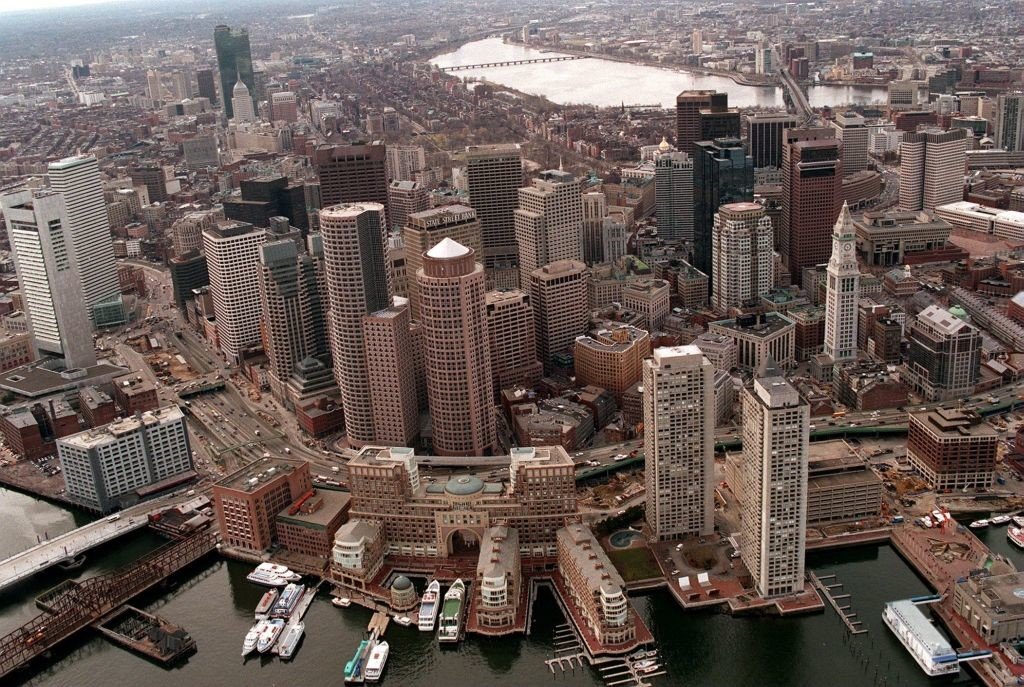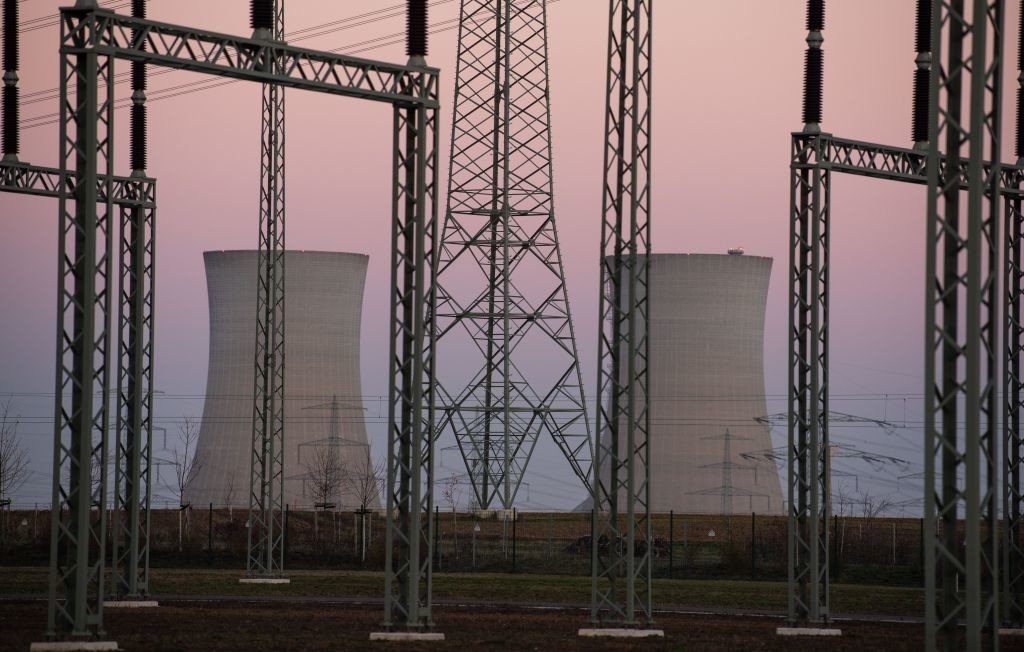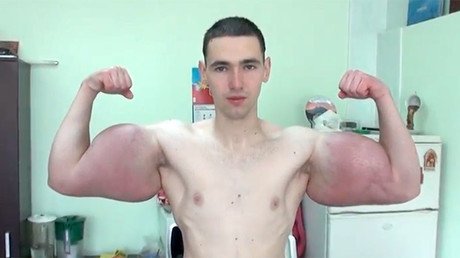Top 5 money-sucking megaprojects funded by US taxpayers

There seems to be a race between nations to develop the biggest and swankiest projects promising to make the lives of millions better.
The US is at the forefront of this "battle," with the government spending unheard of amounts to develop roads, tunnels, bridges, power plants, and weapons to make Americans feel both safe and comfortable.
RT has compiled a list of America's most expensive megaprojects that are making taxpayers wonder where their money is going.
California High-Speed Rail

The project, currently under construction in the state of California, is expected to connect cities from San Francisco to Los Angeles. The ambitious plan is set to provide Californian commuters with a comfortable one-seat ride lasting 2 hours and 40 minutes. The high-speed train is projected to reach speeds of more than 350 kilometers per hour. Future extensions are planned to connect San Diego County as well as Sacramento.
According to the plan, the first phase of the California High-Speed Rail should be completed in 2029. However, the $77 billion project, plagued by dozens of challenges, including delays and unpredicted complexities, is under review as it is running over both its budget and timeline.
F-35 Joint Strike Fighter
The ambitious Joint Strike Fighter program was expected to create a jet fighter that could be used by all branches of the military. Defense contractor Lockheed Martin was supposed to provide a fifth-generation stealth fighter able to take off from anywhere, land on anything, and deploy almost any weapon.

However, the combat aircraft, designed to perform ground-attack and air-superiority missions, is still unable to work as intended, and the project turned out to be incredibly expensive. The enormous cost, which is expected to top $1.5 trillion, has by right turned the F-35 Joint Strike Fighter into America's 'most expensive' weapon system ever.
The Big Dig

The Boston tunnel, unofficially known as the 'Big Dig', is ranked as one of the most expensive highway projects in US history. Construction on the eight-lane highway, with a wide range of interchange crossroads and a nearly six-kilometer tunnel, started in 1984. The megaproject is seen as the most complex and technologically challenging in the US. The Big Dig was plagued by cost overruns, delays, leaks, design flaws, charges of poor execution and the use of substandard materials, arrests, and even one death. It was completed in 2007 at an estimated cost of more than $21 billion.
Nuclear power project in South Carolina

Designed to usher in a nuclear renaissance in America, two first-of-their-kind nuclear power reactors turned into a complete fail. SCANA Corp, which went bankrupt earlier this year, and state-owned utility Santee Cooper scrapped the construction of two additional units at the Virgil C. Summer Nuclear Generating Station in South Carolina in 2017 after spending $9 billion. The units, designed by the primary contractor of the new generation reactors, Westinghouse Electric, were reportedly 40 percent complete at the time. The new generation reactors were expected to be safer and less costly. With the project now scrapped, the future of large-scale nuclear power plant construction in the US is uncertain.
Interstate Highway System

Unlike South Carolina's nuclear reactors and the F-35 jet fighter, the US network of controlled-access highways cannot be called a failure, but the project has been enormously expensive. With a total length of 77,540 kilometers, the Dwight D. Eisenhower National System of Interstate and Defense Highways is reportedly the world's second longest road network after China's National Trunk Highway System. However, the project is seen as one of world's most expensive enterprises ever. Construction works began in 1955, taking 35 years to complete with some urban routes canceled and never built. The network has since been extended. In 2006, the cost of construction was estimated at about $425 billion.
For more stories on economy & finance visit RT's business section














